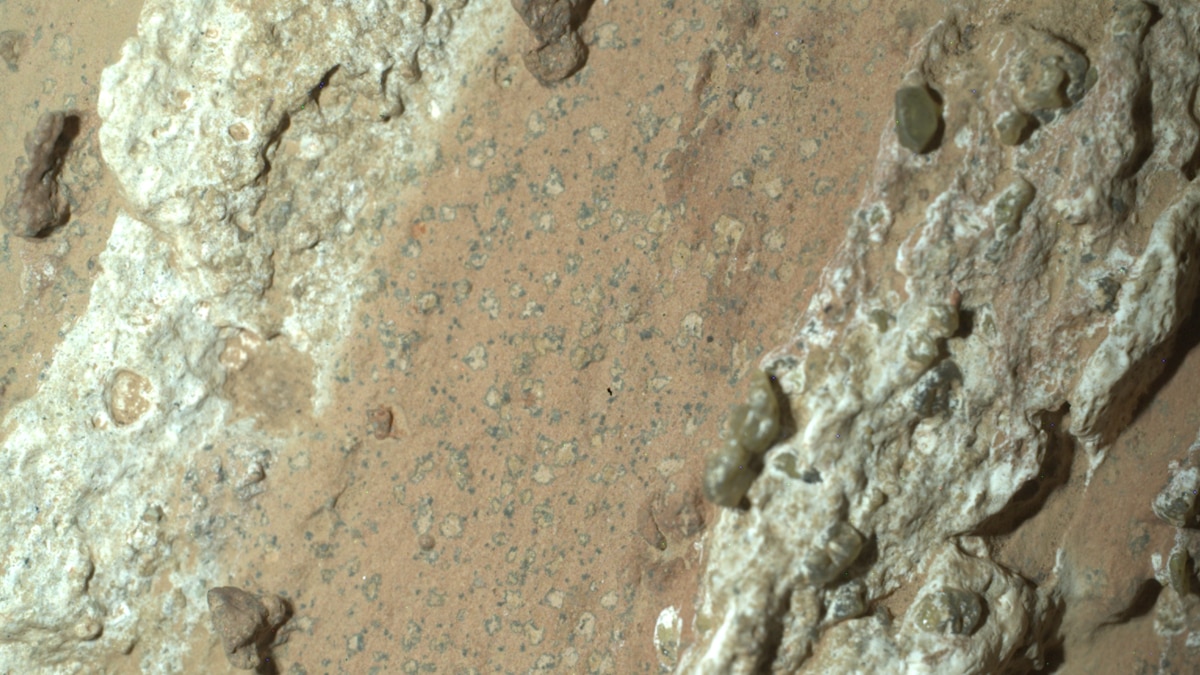Mars Rover Finds Intriguing Rock: Possible Signs of Ancient Life?

A Mars rover operated by NASA has unearthed a rock that scientists believe could hold evidence of ancient microbial life. The Perseverance rover, currently exploring the Jezero Crater, collected the rock on 21 July. The research team nicknamed the rock "Cheyava Falls," after the tallest waterfall in the Grand Canyon.
The rover's exploration area is thought to be a former river valley, approximately 400 metres wide. This valley is believed to have formed as water rushed into Jezero Crater billions of years ago. Scientists believe that the area surrounding Jezero Crater once contained vast bodies of water.
NASA's statement indicates that the rock exhibits "chemical signatures and structures that could possibly have been formed by life billions of years ago." The team's conclusions are based on examinations of the rock using imaging equipment and various scientific instruments. However, they acknowledge that further research is needed to definitively confirm the presence of ancient microbial life.
Initial examinations suggest the rock contains "organic compounds," according to NASA. Nevertheless, the statement clarifies that "While such carbon-based molecules are considered the building blocks of life, they also can be formed by non-biological processes."
Perseverance employs its robotic arm and drilling equipment to collect rock and soil samples from the Martian surface. It has already gathered 22 samples, carefully storing them in special containers. These samples are destined to be retrieved and returned to Earth during a future mission.
Ken Farley, a project scientist on the Perseverance team at Caltech in Pasadena, California, described "Cheyava Falls" as "the most puzzling, complex, and potentially important rock yet investigated by Perseverance." He noted that unusual colour spots and structural elements in the samples suggest "chemical reactions" that could have provided energy for ancient microbial life. However, the exact formation of the rock remains unclear.
The team describes the rock as containing white veins potentially created by calcium sulfate. Between these veins, researchers discovered lines of reddish material. These lines indicate the presence of hematite, a common component of many rocks on Earth.
David Flannery, an astrobiologist and member of the Perseverance science team from the Queensland University of Technology in Australia, stated that on Earth, these types of rock elements are frequently associated with "the fossilised record of microbes living in the subsurface."
The scientists believe that these new findings strengthen the existing evidence that such rocks may have been formed or altered by flowing water on Mars billions of years ago.
Caltech's Farley explained that the rock sample has been thoroughly imaged and examined with lasers, X-ray equipment, and other instruments in recent weeks. Perseverance has, he noted, done as much as it can to analyse the newly discovered samples.
Farley concluded: "To fully understand what really happened in that Martian river valley at Jezero Crater billions of years ago, weâd want to bring the Cheyava Falls sample back to Earth." This would allow scientists to "study it with the powerful instruments available in laboratories."





